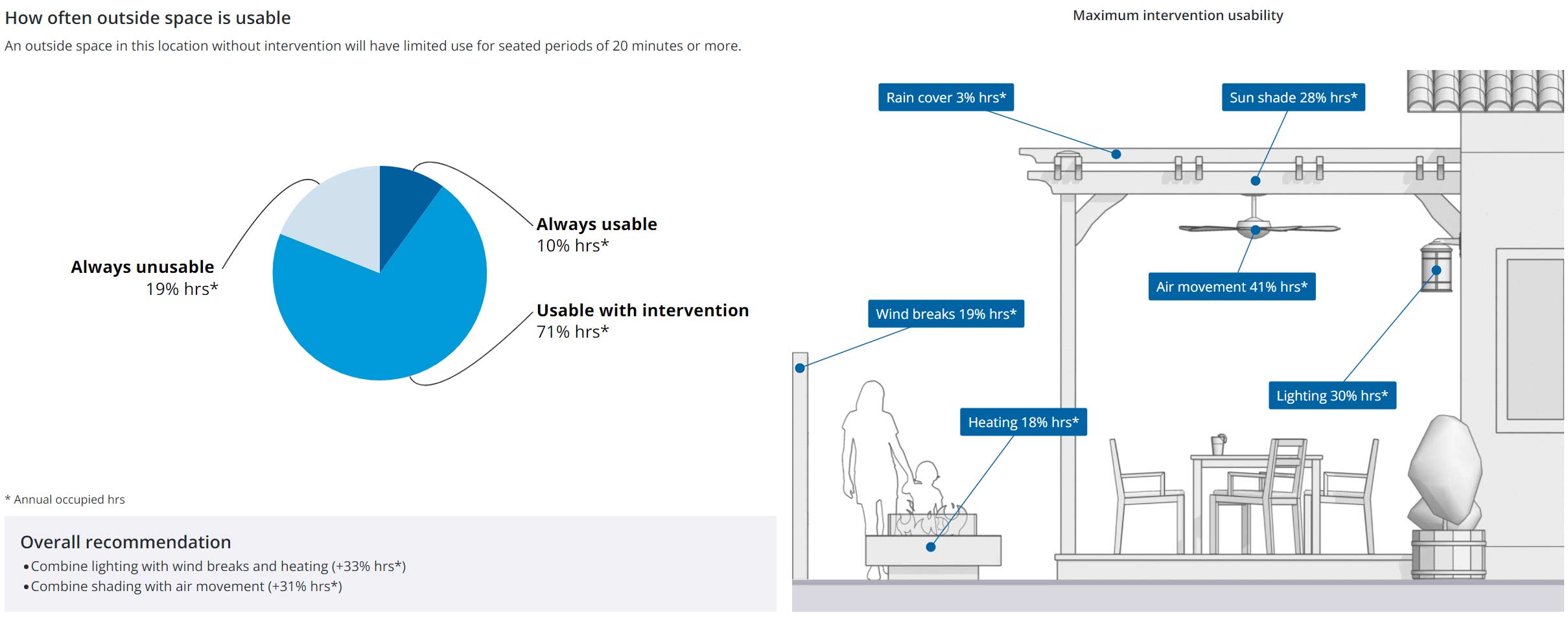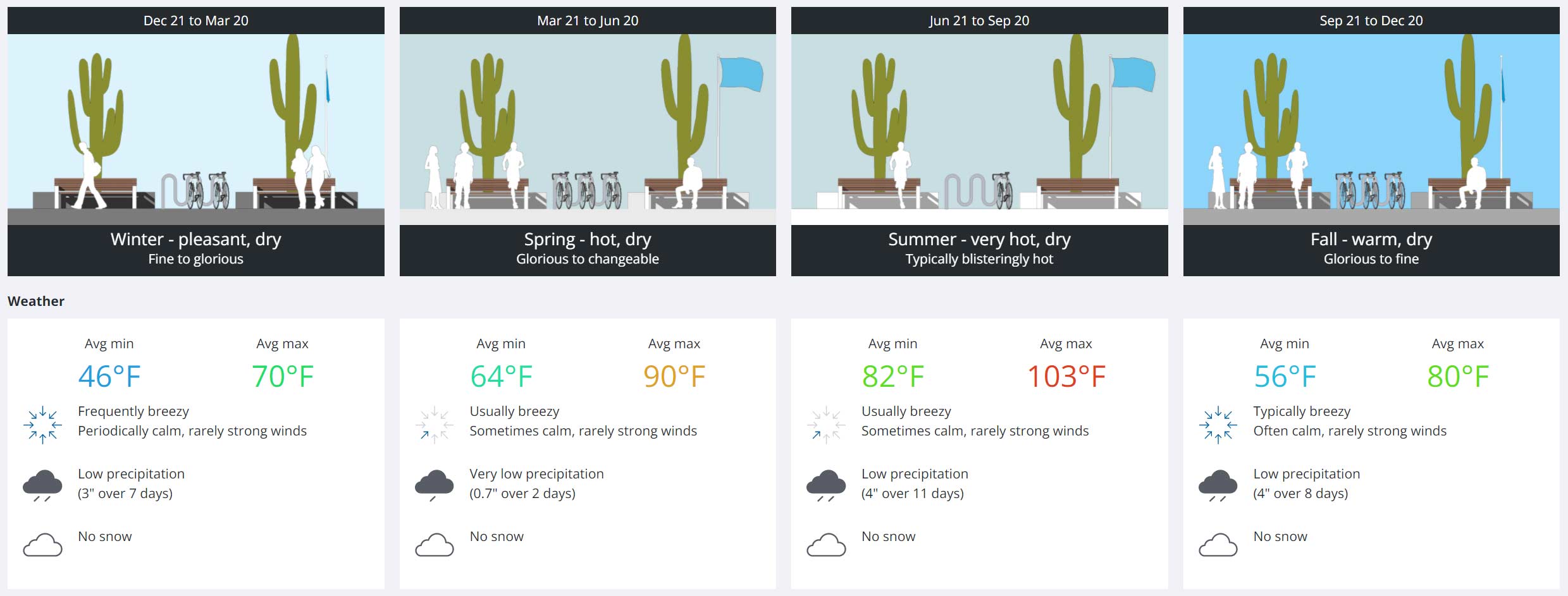PROJECT KICKOFF
THE FIRST TWENTY DAYS
1. Processing
1.1 Client Needs and Goals
In the initial phase of our design process, our approach begins with a comprehensive Data Collection stage, where we delve into a deep understanding of our client’s needs and the overarching goals of the project. This foundational step involves a meticulous exploration of the project from the vantage point of a developer.

1.2 Basic Site and Climate Analysis
We then conduct a thorough analysis of its features, taking into account aspects such as topography, spatial constraints, and potential advantages. The assessment extends to traffic patterns, understanding the flow of movement around the site, as well as an examination of the prevailing climate to inform design considerations.

1.3 Basic Zoning and Code Analysis
Before drawing, a basic analysis encompasses primary zoning and code considerations. By examining and understanding the regulatory landscape, we ensure that our concepts will meet the necessary legal and zoning requirements. This lays the foundation for innovative and responsible architectural solutions.
Key Multifamily Regulations for HDR-4:
- Density: Up to 40 dwelling units per acre.
- Unit Size: Minimum of 500 square feet per dwelling unit.
- Building Height: Maximum of 4 stories or 50 feet.
- Setbacks: Minimum of 25 feet from front property line, 15 feet from side property lines, and 20 feet from rear property line.
- Parking: 2 spaces per dwelling unit, with potential adjustments based on unit size and shared parking arrangements.
- Open Space: 20% of the gross site area must be dedicated to open space, including a minimum of 5% usable open space (e.g., playgrounds, plazas).
- Design Standards: No specific design guidelines outlined for HDR-4, but the ordinance encourages “attractive and harmonious” developments.
2. Sketch Massing
2.1 Simple Massing Models and Sketches
Quick conceptualizations create simple yet impactful model diagrams that allow us to swiftly assess the merits and drawbacks of various options. This hands-on approach allows us to explore and refine design possibilities with agility and creativity.
2.2 Pros and Cons - Iterate
Rapidly assessing the strengths and weaknesses of diverse massing options, our design team navigates creative possibilities with efficiency and insight. This swift evaluation ensures dynamic exploration of design alternatives.
2.3 Articulate Basic Models
Utilizing single-line drawings, we diagram the fundamentals of the building, capturing the essence of spatial organization. Simultaneously, our team delves into analysis of critical components, including parking and construction typologies.
2.4 Single Line Building Diagrams
Utilizing single-line drawings, we diagram the fundamentals of the building, capturing the essence of spatial organization. Simultaneously, our team delves into analysis of critical components, including parking and construction typologies.
3. Leverage Artificial Intelligence
3.1 BASIC AI_Utilize AI to Generate Various Material Palettes
Quick conceptualizations create simple yet impactful model diagrams that allow us to swiftly assess the merits and drawbacks of various options. This hands-on approach allows us to explore and refine design possibilities with agility and creativity.
3.2 ADVANCED AI_Leverage AI to Bypass Laborious Pre-ViS
Harnessing the power of AI render technology, we revolutionize the pre-visualization process, swiftly illustrating the actual massing of structures without relying on traditional, time-consuming rendering techniques.
